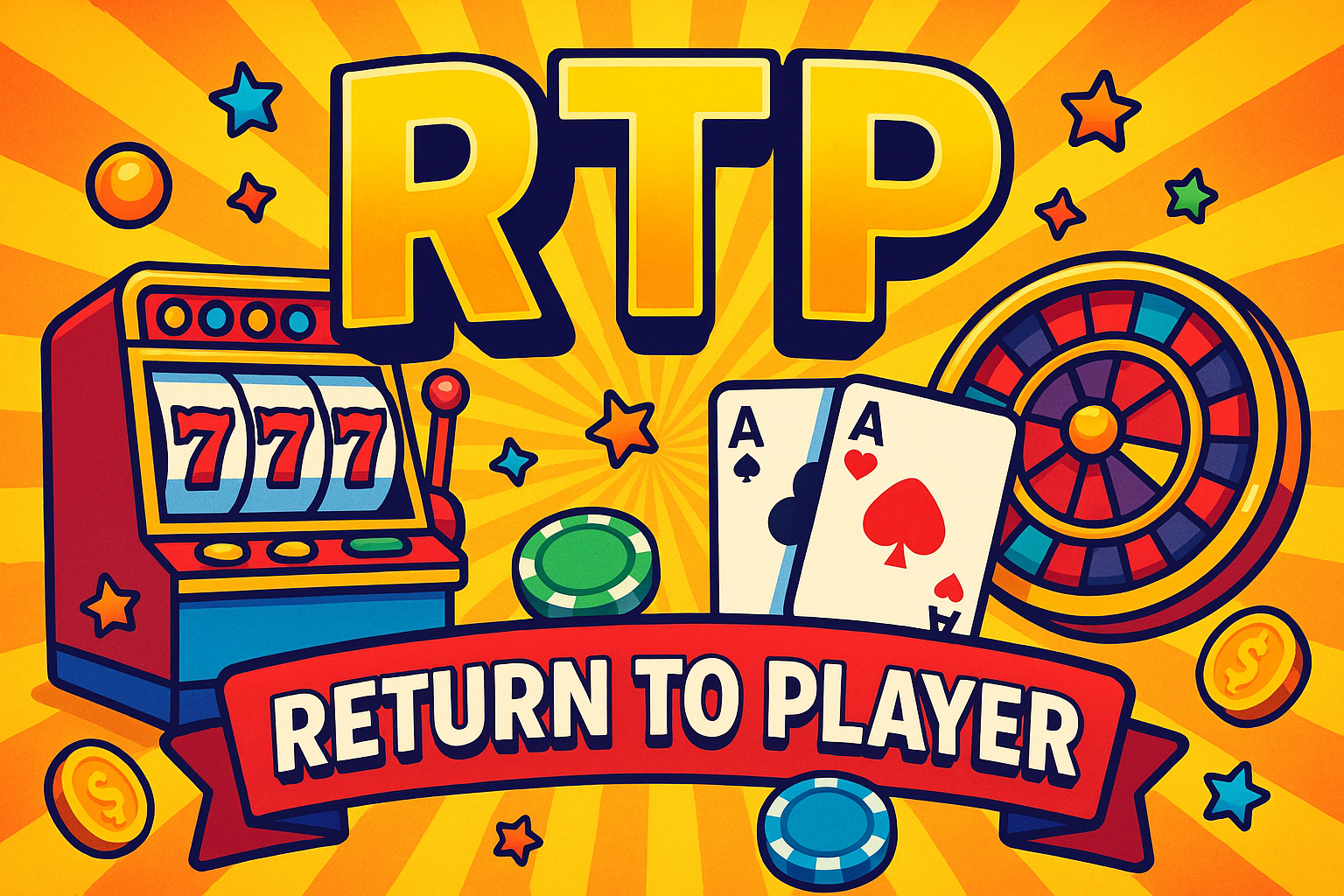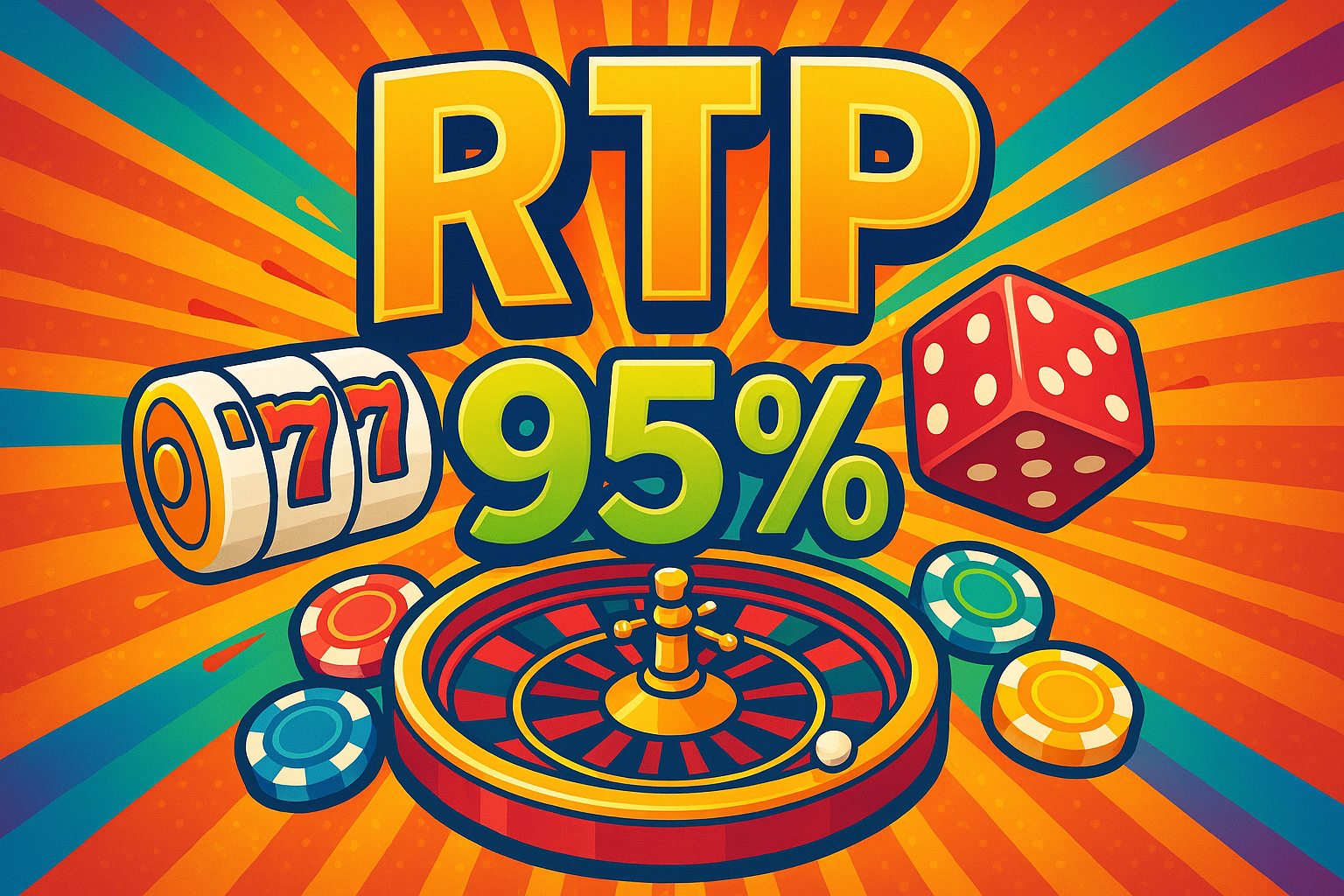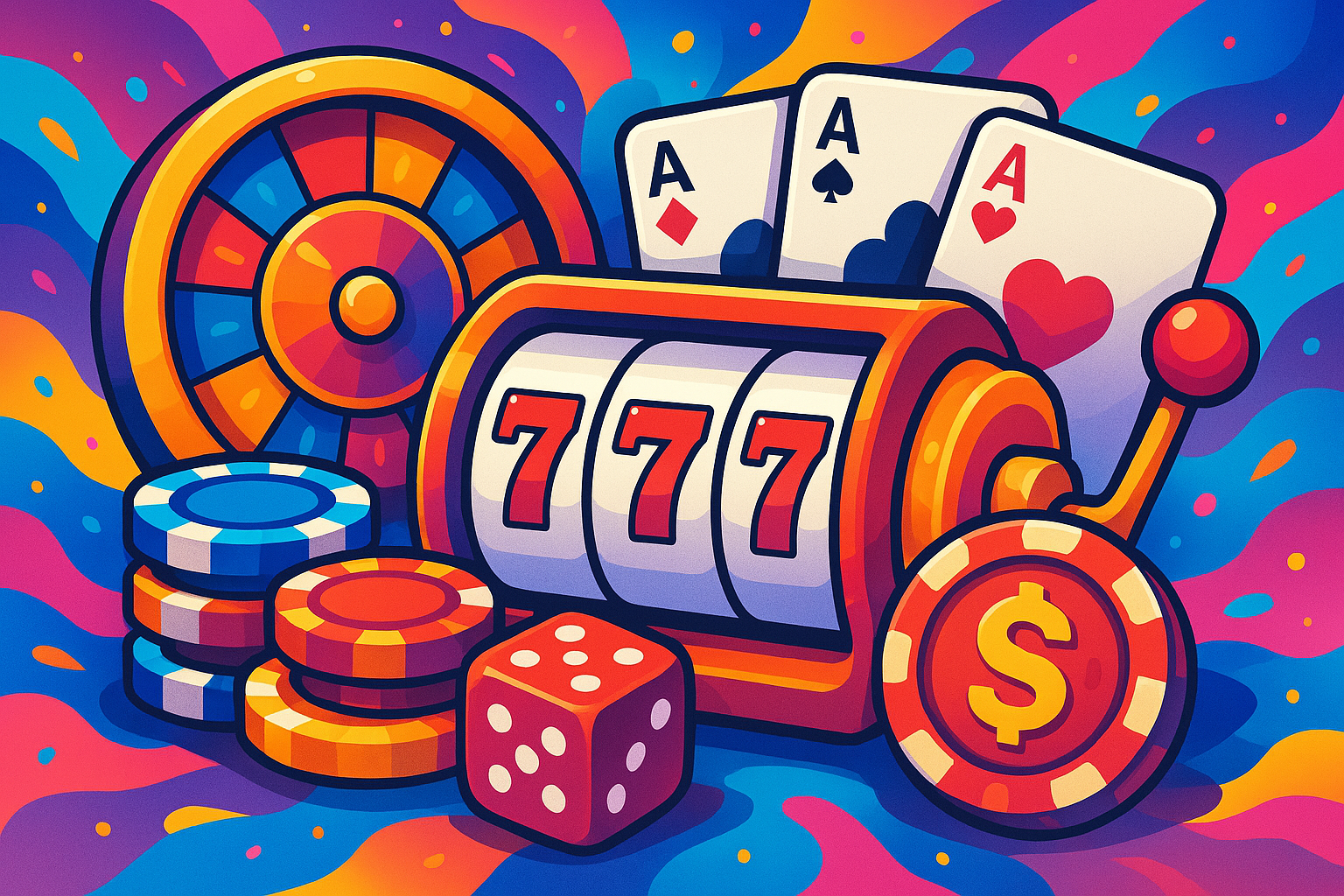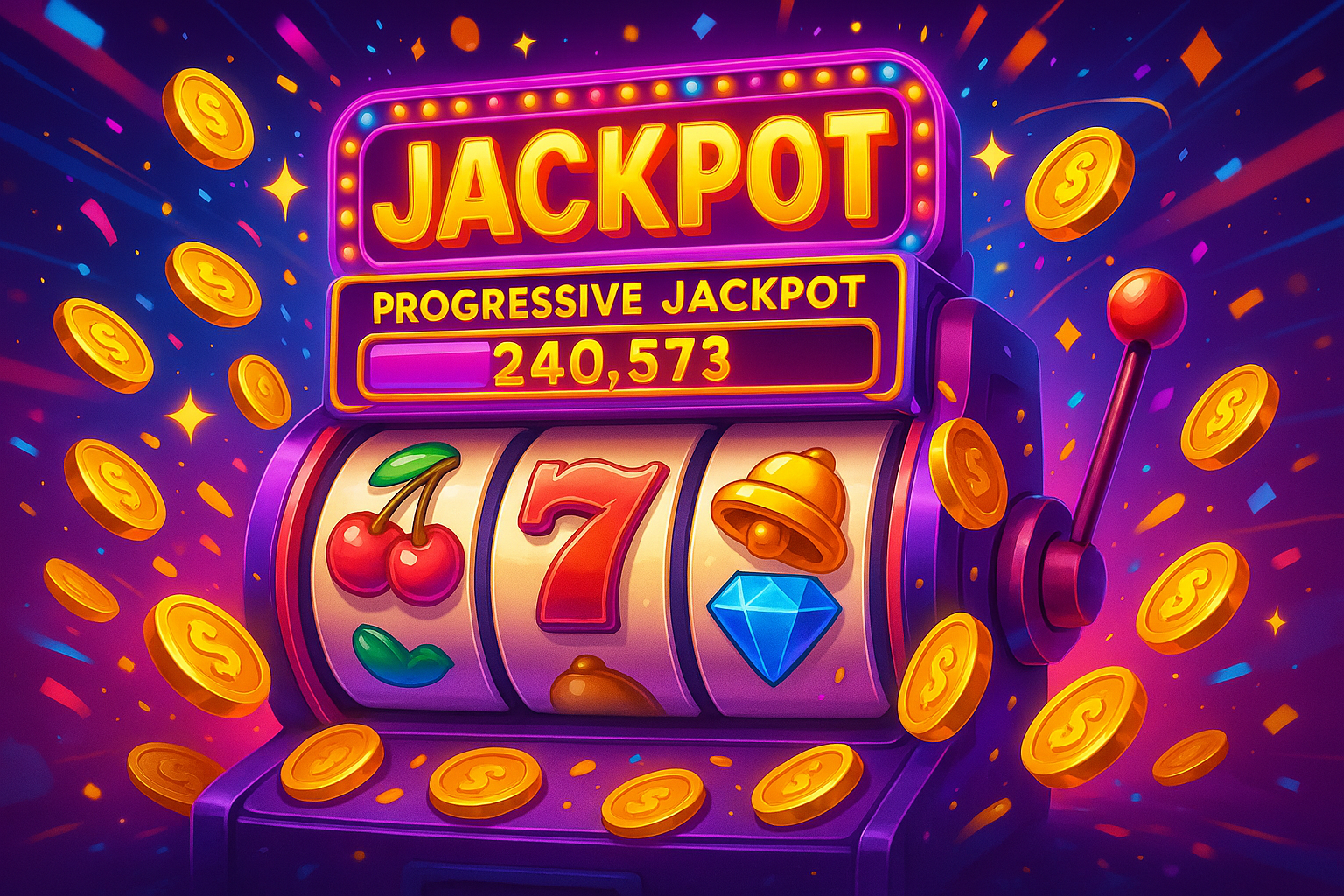
If you’ve ever played online slots, blackjack, or roulette, you’ve probably come across the term RTP or Return to Player. But what exactly does it mean, and how does it affect your chances of winning? In this article, we’ll break down RTP, how it works, and how understanding it can help you make more informed decisions when playing your favorite online casino games.
What is RTP (Return to Player)?
Return to Player (RTP) is a percentage that represents the amount of money a game will return to players over time. It’s a key metric used to measure the theoretical payout of a casino game, such as a slot machine or table game.
For example, if a game has an RTP of 95%, it means that for every $100 wagered, the game is designed to pay back, on average, $95 in winnings. The remaining 5% represents the casino’s edge or profit.
How Does RTP Affect Your Winnings?
RTP directly impacts the long-term expected outcome of your gambling experience. It’s important to note that RTP is calculated over millions of spins or hands, meaning that in the short term, results can vary significantly. So, while you may hit a big win or experience a dry streak, RTP provides an overview of how the game is expected to behave over the long run.

1. High RTP Games Offer Better Value
Games with a higher RTP (e.g., 97% and above) tend to be more favorable to players. These games theoretically give you a larger return on your bets over time, which means your chances of winning are better in comparison to games with a lower RTP.
For instance, a slot with an RTP of 98% will return $98 for every $100 wagered in the long run, while a slot with an RTP of 85% will only return $85 for every $100.
2. Low RTP Games Keep More for the House
Games with a lower RTP (e.g., under 90%) will give a larger percentage of the wagers to the house. This is the casino’s edge, which makes it harder for you to win in the long term. While these games might seem fun in the short term, they generally favor the casino’s profitability over time.
RTP vs Volatility: What’s the Difference?
It’s easy to get confused between RTP and volatility (also called variance), but they’re two distinct concepts.
RTP refers to the theoretical payout percentage over time, as we’ve explained above.
Volatility refers to the risk level of a game. High volatility games tend to have larger payouts, but they happen less frequently. Low volatility games have smaller payouts, but they occur more regularly.
A game with high RTP and low volatility is usually ideal for players looking for consistent payouts with less risk. On the other hand, a high RTP and high volatility game might appeal to those who enjoy big wins and are okay with the possibility of extended losing streaks.
How to Find the RTP of a Game
Finding the RTP of a game is usually easy! Most reputable online casinos display the RTP information in the game’s rules section. It’s often included in the paytable or info page of the game, especially for slot machines. If you can’t find it in the game, a quick Google search with the game’s name and “RTP” will usually provide you with the information.
Popular RTP Ranges for Different Casino Games

Online Slots: RTP for online slots typically ranges from 85% to 98%. Popular slots with high RTP include titles like Mega Joker (99%) and Blood Suckers (98%).
Table Games: Table games such as blackjack can have RTPs as high as 99% or more, depending on the rules and the player’s strategy. Video Poker can also have RTPs of 98% or higher if played optimally.
Roulette: In European roulette, the RTP is around 97.3%, whereas American roulette is lower at 94.7% due to the extra double zero on the wheel.
How to Use RTP to Improve Your Strategy
Now that you understand what RTP is and how it works, you can use this knowledge to your advantage. Here are a few tips on how to incorporate RTP into your online casino strategy:
1. Choose Games with Higher RTPs
If you want to maximize your chances of winning, it’s wise to play games with higher RTPs. For instance, when playing slots, opt for games with an RTP of 95% or above. This doesn’t guarantee you’ll win every time, but it improves your chances over the long haul.

Looking for a bonus? Click here.
2. Take Advantage of Bonuses
Many online casinos offer welcome bonuses, free spins, or no deposit bonuses that give you extra funds to play with. By choosing games with high RTPs during these bonus periods, you can stretch your bankroll further and improve your odds of winning without risking your own money.
3. Practice With Low Stakes
Before diving into a high-stakes game, practice with lower stakes to get a feel for the RTP and volatility. This way, you’ll be able to understand how the game performs over time and whether it suits your preferred playing style.

4. Play Strategically
For games like blackjack and video poker, the strategy you use can significantly impact your RTP. Learn the optimal strategies for these games to ensure you’re playing at the highest possible RTP.
Final Thoughts
While RTP is a valuable metric to consider when choosing which games to play, it’s important to remember that it’s only a theoretical calculation based on large volumes of play. Luck still plays a massive role in determining your results at the casino. So, don’t solely rely on RTP — have fun, play responsibly, and remember that gambling is meant to be entertaining.
Are you feeling lucky? Click here to start playing and win big!
